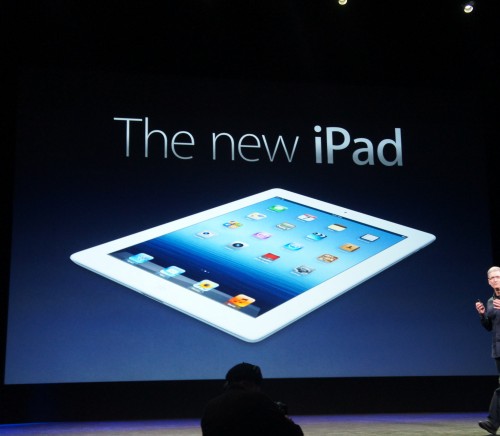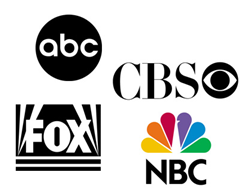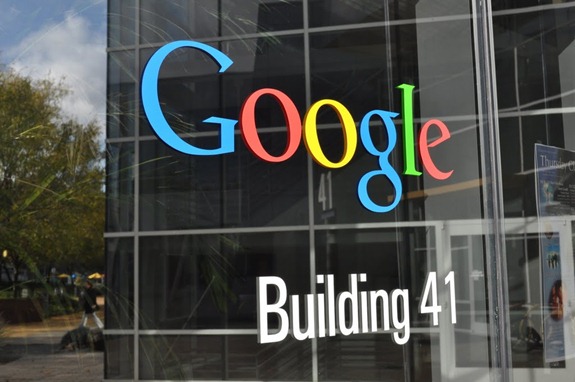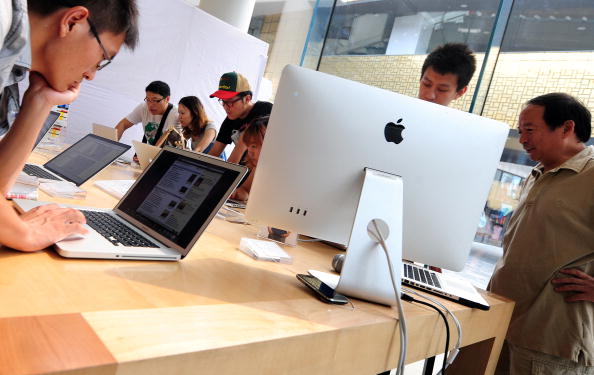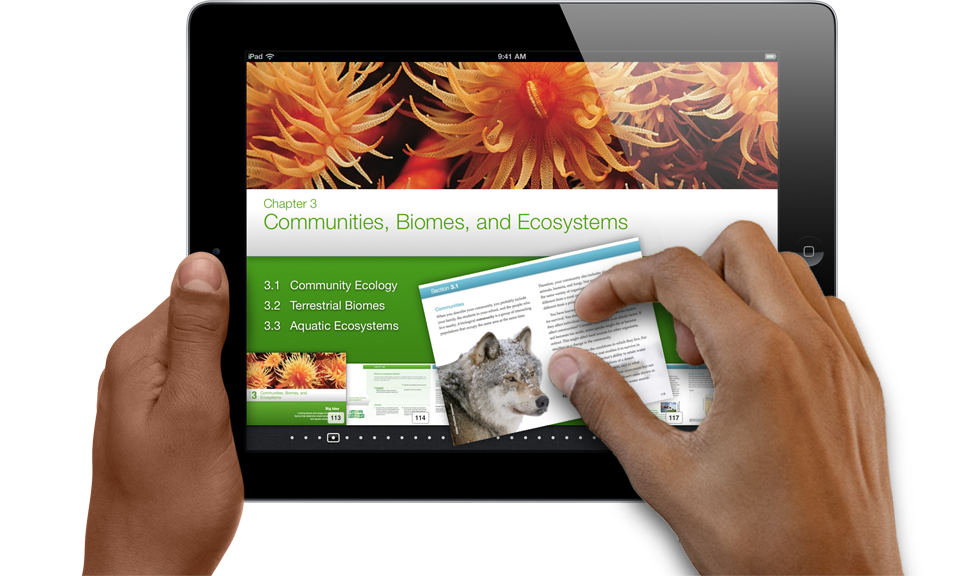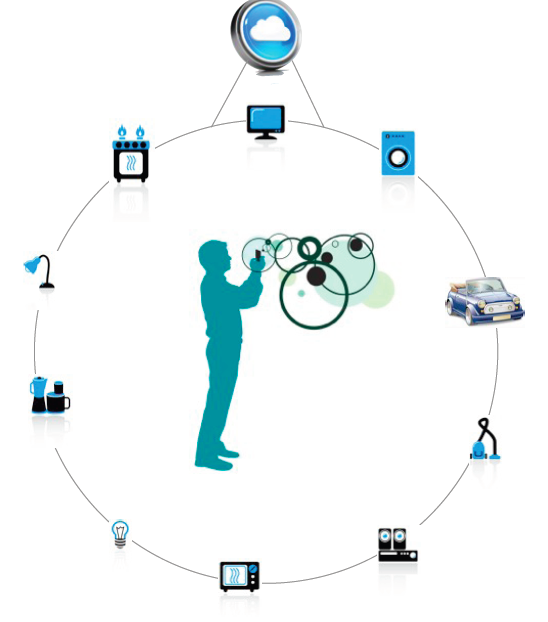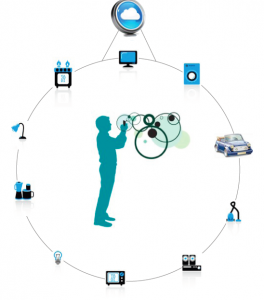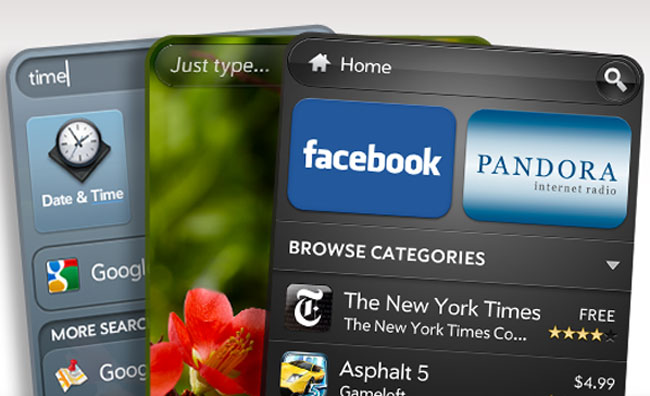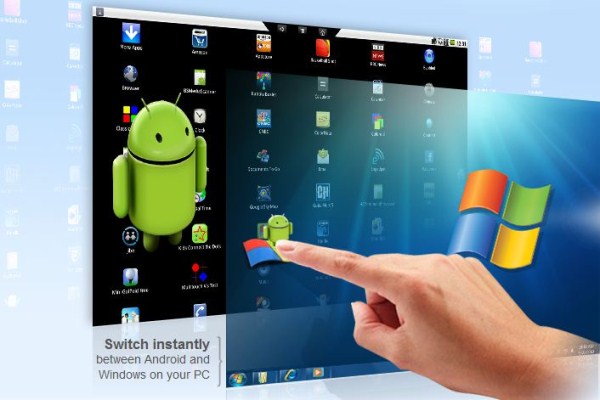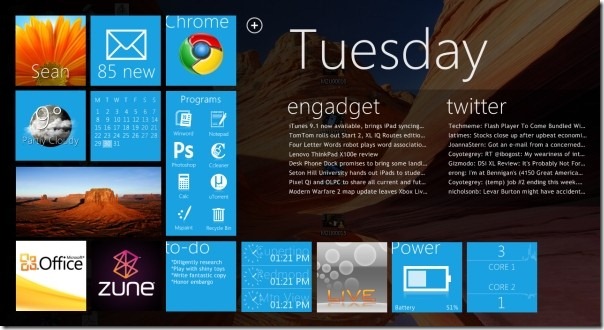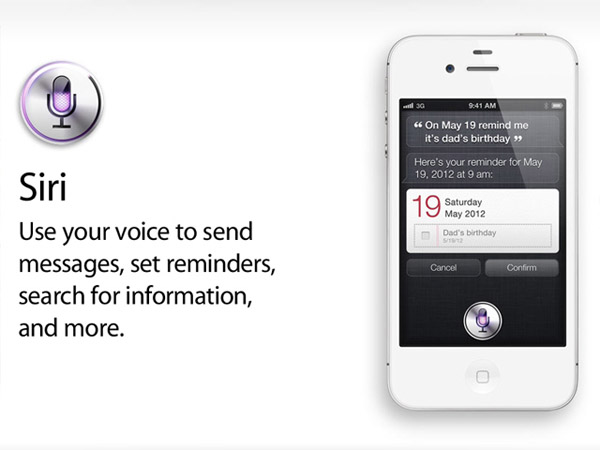 Over the last 10 years, Apple Inc has done a rather amazing job of disrupting quite a few industries. By my account, it has dramatically impacted the PC, Tablet, CE, Telecom, Music and TV industries in a big way, and I believe that they are on the cusp of disrupting at least four more major industries in the next 3-5 years.
Over the last 10 years, Apple Inc has done a rather amazing job of disrupting quite a few industries. By my account, it has dramatically impacted the PC, Tablet, CE, Telecom, Music and TV industries in a big way, and I believe that they are on the cusp of disrupting at least four more major industries in the next 3-5 years.
The first industry I believe they will shake up is the TV industry. Just about every major PC and CE Company is trying to bring out Interactive TV or ITV as it is called and be the first to “own” this market. To date, Google, Microsoft, Samsung, Sony and even Apple have tried desperately to create the next big thing in TV’s and, perhaps more importantly, find a way to integrate the Internet and Internet video channels into their new vision for the TV.
In Walter Isaacson’s biography of Steve Jobs, Steve tells him that he has “cracked the code” for ITV and of course, everyone is wondering what this means. But the most logical answer is that his team will apply Siri’s voice comprehension technology to the TV user interface and then tie it their iCloud service and marry all of your content together for viewing on multiple screens with the TV being the one focused on entertainment. Whether it will be delivered in an Apple TV like box outside the TV or an actual TV itself is still a big question, but Apple’s attempt at creating a new approach to TV interfaces as well as linking it to unified personal content, if done right, could be revolutionary.
Imagine being able to just tell the TV, find Big Bang Theory and it goes right to all available versions on broadcast, cable, the DVR or online. Or ask it about a football player you just saw make a touchdown and on the bottom of the screen it shows you his stats. Or if you want to find out about Yosemite just ask Siri and it will find all related video and Web content available and give you exact answers to your query on the TV. But perhaps its greatest feat will most likely be to decipher instantly the plethora of Web-based video content that is online and neatly show on-screen what is available on that topic. For example, lets say you want to see something about how to roast a turkey. Siri could search its database and find out all of the best shows on TV, DVR or the Web and then post them on your screen for you to pick. And I mean any database, including anything you have bookmarked about roasting turkeys on any of your Mac’s or IOS devices that is now in the cloud and can be added to the list of available shows to watch on that topic.
As I wrote in an earlier column Siri is a voice technology that is actually a front end to multiple search engines. And more importantly, it will change the game when it comes to man-machine interfaces.
While Siri applied to the iPhone is a good start for Apple, I am convinced that they will apply Siri to all of their products in the future and on the TV it could have a dramatic effect on the way people interact with their televisions in the future. And since Apple can tie it to their iTunes and iCloud services as well, it will make it very difficult for competitors to catch up with them anytime soon.
This will be the most disruptive thing in the television industry to happen since the introduction of color and will eventually bury the remote and put the entire TV industry on a course to use voice as the new “remote.” And it will find ways to marry broadcast, cable, DVR and Internet content into manageable channels that brings all of it together in the cloud and displays it on voice demand on the TV screens throughout the home. And it looks like Apple will be the one to take the TV industry into this new century.
The second industry Apple is poised to disrupt is the auto industry. I have been searching for a new car and one of the major criteria in my search has been the ability to integrate my phone and its content into the navigation and sound system in the car. I want a Bluetooth connection as a speakerphone, but I also want it to use the content in my phone as an alternative to play music and podcasts and I want it done wirelessly.
In my search I was pleasantly surprised to see how far Microsoft’s Sync for Autos has come. And for the time being, this will be a big step for me since it also has voice prompts and commands. And to some degree their voice UI is pretty sophisticated. But it is no Siri.
Now, imagine if Apple began working with the auto companies directly and in extreme circumstances perhaps was able to get a 7-inch iPad with IOS into these cars. (This would be the equivalent of Apple doing a full Apple TV) In this case, it could have a 3G chip inside and be able to get a direct connection to the Internet. And of course, it would have Siri’s smart voice UI and voice comprehension technology. While most of its greatest features, such as searching for the closest bank or cleaners or pizza place would be restricted to parking mode, many other voice driven features could be part of the UI and service. It could get and respond to email via voice, and do text via voice, and more importantly, it would be tied to Apples iTunes and iCloud services. That means you would always have access to your content no matter what it is and could call it up on your cars display on demand.
But another way to do this would be to make the iPhone or iPad the host and the cars navigation screen the video terminal that just displays what is on these devices. If you have used an iPad with Airplay today you already understand the potential. Using Apple TV, I literally mirror the content on my iPad on my big screen TV. And if I use my iPhone 4S, I already have the Siri voice UI at least for my content. Now imagine having that type of voice UI and content connection in your car. Sure there would be restrictions while driving, but having that on the car’s screen running IOS and Siri could make the car’s information system even more relevant. Again, Apple could be the big disruptor that brings the auto industry into an information driven century in which information and personalized media becomes a key part of the auto traveling experience and force every one to follow in one-way or another.
The third industry Apple could turn upside down is the watch industry. For centuries, watches have been, for a lack of a better term, dumb watches. Only in the last 30 years have they gotten smarter with the introduction of things like calculator watches and more recently, chronograph and satellite watches tied to the atomic clock. But Apple has stumbled on something interesting with the Nano. Many people have started to use it as a watch. And a whole side industry has popped up that is creating watchbands for iPod Nano’s. I don’t believe Apple ever dreamed of the Nano as a watch but it has become a happy new application for their smallest iPod.
Interestingly, Microsoft took a crack at this idea a few years back with a product called the SPOT Watch. Its data link, which delivered news blurbs, weather and sports bulletins, was tied to an FM radio link. And Microsoft even partnered with Sunto and Swatch to create these watches to try to bring them to a high-end and low-end watch buyer. But unfortunately the SPOT watch never really took off. In 2008, Microsoft killed the product.
But, Apple could do some very interesting things with the Nano with just some simple tweaking. What if they put a Bluetooth radio inside and allowed it to become a mirrored display to my iPhone? I normally carry my iPhone in my pocket so when an alert comes up I have to pull it out to see it. But what if that alert showed up on my Nano Watch? Or what if they add a Siri Interface and tie the Nano display to the iPhone? I could just ask my watch to show me the last message or email I received through iMessage and it pops up on the Nano screen? And with voice feedback, Apple could perhaps tie it to the iPhones GPS and when walking, tell a person to turn right here or head north, to get to that coffee shop you just asked Siri about. Of course, they could put a WIFI radio on it as well and let it get a direct link to data when connected. But it would make more sense for it to use a Bluetooth connection and tie the Nano to the iPhones 3G radio so that it would be connected all the time. But as long as it is mirroring my iPhone, especially when it comes to receiving news, weather, sports and messages, the Nano could become one of those hot items that iPhone buyers would flock to and become another halo product that could drive people to buy iPhones.
And the fourth industry Apple could potentially impact is the appliance industry. In 1997, I did a speech at the Agenda conference where I envisioned a refrigerator of the future that would have a screen on it and it would be tied to the Internet. I suggested that it would have a bar code reader on it and that as I put items in the fridge, it would automatically put them in inventory. And as I took them out, and they did not return to the fridge, it would automatically put them on a shopping list on the screen. I even suggested that if I called up a recipe from the Internet, it would be smart enough to see what the ingredients were and pop them onto the shopping list and if programmed properly, it could even dial Safeway.com and all of it could be on my doorstep when I came home from work.
Of course, today we do have a couple of refrigerators with screens on them connected to the Internet, but that is all they are-Internet terminals.
If Apple applied their IOS operating system and married it to the iCloud, they could turn pretty much any screen integrated into things like a refrigerator, oven, or even cabinets into smart screens and make them application specific. They could all have access to the Internet and IOS apps, which could be tailored for their integrated locations. For example, what if I had an IOS screen embedded into the mirror in my bathroom. As I am preparing for work, it could be programmed to fetch weather reports, updated news items and info related to my commute. It could read out my daily appointment schedules and search my iCloud account for anything I want, including playing back music, podcasts or YouTube video as I prepare for the day.
You get the idea. I have no doubt that we will have many screens in our home and digital lifestyles and if Apple can make them all smart and unify them behind IOS, its Apps and iCloud eco-system, all of them could have quite an impact on the appliance industry of the future. And believe me, the appliance industry is interested. Besides embedding a screen on a refrigerator, they have also added internet connections to ovens, microwaves, lighting and air conditioning and heating systems to try to make them smart devices connected to an Internet eco system. But today, most of them are acting like terminals. For them to reach their potential, they need to have an OS that is tied to a broader eco system that could deliver even greater functionality through connectivity and IOS, Apple’s App’s and the iCloud could play in important role in helping this industry deliver smart homes and smart appliances.
But keep in mind, all of this could happen because Apple has created a fundamental unified platform that is tied to an OS, Apps and cloud eco system that is consistent across screens and can be made to be “application” specific depending on where that screen might be. So it is not too far a stretch to see how this platform, when applied to a TV, automobile, watch or appliances could benefit from something like this that would give it digital intelligence and make it smart.
I suppose if we think hard enough we could probably come up with some other industries Apple could impact with this platform. But I believe that the TV, auto, watch and appliance industries could be next on Apple’s “disruption” agenda.
 This morning Apple introduced a new iPad and with it has raised the bar for anyone creating a competitive tablet. The iPad, with its new Retina display that delivers 2048 X 1536 resolution, is clearly the highest definition tablet on the market. More importantly, as Apple pointed out, the work to create this type of HD quality experience on a tablet took many years of effort and tight integration with their new chip, which will make it very hard for competitors to match anytime soon.
This morning Apple introduced a new iPad and with it has raised the bar for anyone creating a competitive tablet. The iPad, with its new Retina display that delivers 2048 X 1536 resolution, is clearly the highest definition tablet on the market. More importantly, as Apple pointed out, the work to create this type of HD quality experience on a tablet took many years of effort and tight integration with their new chip, which will make it very hard for competitors to match anytime soon.